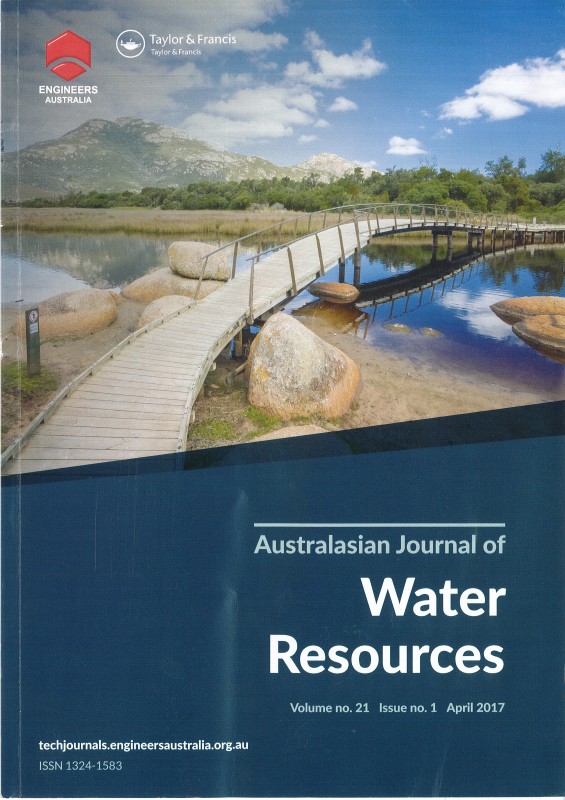Environment Impact Assessments need more hydrological rigour

Environment impact assessment (EIS) reports are routinely undertaken to describe the effects of proposed developments on the environment, and to advise how such impacts can best be managed. The reports are prepared on behalf of the proponent of the proposed works with the objective of obtaining development approval by the appropriate regulatory authorities.
The hydrologic investigations used to support these statements commonly cover a diverse range of issues including: the impacts of development on the existing flow regime, the condition and natural functions of water bodies, water-dependent assets, the identification of discharge points and the characterisation of water discharged (including pollutants), the hydrology of the site after operations cease, and the risks of flooding to upstream and downstream areas. However different industry stakeholders may raise concerns as to the adequacy of the information presented to them as well as the methods used while undertaking surface water investigations for practical applications.
Our recent review of hydrological investigations used to prepare EISs and recommend best practices, found some inadequacies in terms of current best practice of industry practitioners. The research conducted by our team from Melbourne University (Associate Professor Rory Nathan and Prof Thomas McMahon) showed that although the approaches used to investigate and characterise surface water hydrology of catchments are generally based on sound procedures, and that the standard of reporting relevant to project context and outcomes is clearly presented, there are a range of issues that would benefit from additional consideration.
The paper published by the Australasian Journal of Water Resources, arises from our experience in reviewing reports prepared by practical hydrologists on investigations undertaken for major infrastructure and mining projects and it raises concerns that have never been addressed in previous EISs. While our review is rooted in best international practice, we focus on data and procedures directly applicable to Australian conditions.
In general, we identified the following issues that require special attention:
- Provision of more detail around the provenance and preparation of data sets;
- Increased rigour regarding the calibration and validation of model performance;
- The use of regional information and independent methods to derive a ‘best estimates’ based on consideration of the relative sources of uncertainty involved; and,
- Assessment of salient uncertainties and their impact on the conclusions drawn
We concluded that the degree of sophistication and rigour adopted for the investigation often reflected the skills and experience of the team undertaking the investigation rather than their importance to the outcomes of interest. Therefore, we provided a range of data products, tools, and guidance that we consider representative of best practice. We hope that practitioners will review their own procedures against our recommendations and that they will focus on those aspects that add most value to the defensibility and utility of their investigations.
Article: “Recommended practice for hydrologic investigations and reporting”. Nathan, R.J., McMahon, T.A., Australasian Journal of Water Resources, 21:1, 3-19, DOI: 10.1080/13241583.2017.1362136
